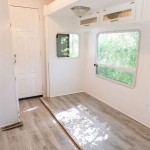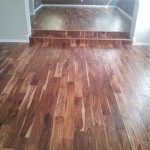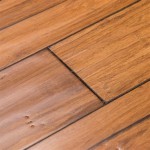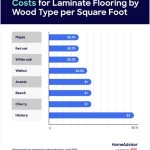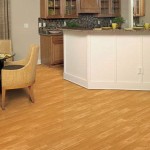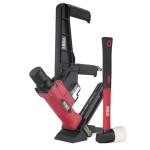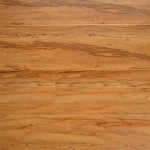Essential Aspects of Clean Room Flooring Specifications
In a clean room environment, maintaining a controlled atmosphere is critical for minimizing contamination and ensuring product quality. The flooring system plays a significant role in achieving and sustaining cleanliness levels. Therefore, specifying the appropriate clean room flooring is essential to meet the specific requirements of the facility.
1. Surface Finish and Joint Design
The surface finish of the flooring should be non-slip, non-porous, and easy to clean. A smooth surface finish minimizes particle accumulation and facilitates effective cleaning. Joint designs should be seamless or have minimal gaps to prevent dirt or moisture penetration.
2. Antistatic Properties
Clean rooms often handle sensitive electronic components or volatile chemicals. Antistatic flooring helps dissipate static charges, reducing the risk of electrostatic discharge (ESD) that can damage equipment or affect product quality.
3. Chemical Resistance
The flooring should be resistant to various chemicals used in the clean room environment, such as solvents, detergents, and disinfectants. This ensures that the flooring maintains its integrity and cleanliness over time.
4. Durability and Maintenance
Clean room flooring must withstand heavy traffic, frequent cleaning, and occasional equipment movement. It should be highly durable to resist wear and tear and easy to maintain with standard cleaning methods.
5. Cleanability and Sterilization
The flooring should be easy to clean and sterilize to meet the stringent hygiene requirements of clean rooms. It should be compatible with common cleaning agents and sterilization techniques, such as hydrogen peroxide vapor.
6. Airborne Particulate Control
For critical clean rooms, flooring systems can contribute to airborne particulate control. Special flooring materials or coatings can reduce particle generation and entrapment, minimizing the risk of contamination.
7. Underlayment and Subfloor
The underlayment and subfloor provide support to the flooring system and contribute to its overall performance. They should be selected to meet the specific requirements of the clean room, including vibration isolation, moisture resistance, and durability.
8. Installation and Validation
Proper installation is crucial for the effectiveness of the clean room flooring. Experienced installers should follow manufacturer's guidelines and conduct thorough validation testing to ensure the flooring meets the specified criteria.
9. Compliance with Standards
Clean room flooring specifications should comply with relevant industry standards, such as ISO 14644 and IEST-RP-CC006, to ensure consistency and quality.
10. Cost Considerations
The cost of clean room flooring can vary depending on the materials, construction methods, and installation complexity. Facilities should consider the long-term benefits of choosing a high-quality flooring system over the initial investment.
By carefully specifying the essential aspects of clean room flooring, facilities can create a controlled environment that supports their specific production or research activities, minimizes contamination, and enhances product quality.

Best Clean Room Flooring Solutions Cleanroom Requirements Materials

4 Popular Clean Room Floors Differences Installation And S How To Select The Access Floor

Medical Device Cleanroom Construction Part 4 Vct Flooring Design

Anti Static Esd Pvc Vinyl Floor Clean Room Flooring China Raw Material High Quality For Garage Made In Com

Clean Room Classifications Iso Standards American Cleanrooms Systems

Jeoflor Vinyl Flooring Na Floors And More

Cleanroom Design In 10 Easy Steps

Cleanroom Design Considerations Technique Portafab

What Is An Iso 5 Cleanroom Classification

Cleanroom Design Considerations Technique Portafab

